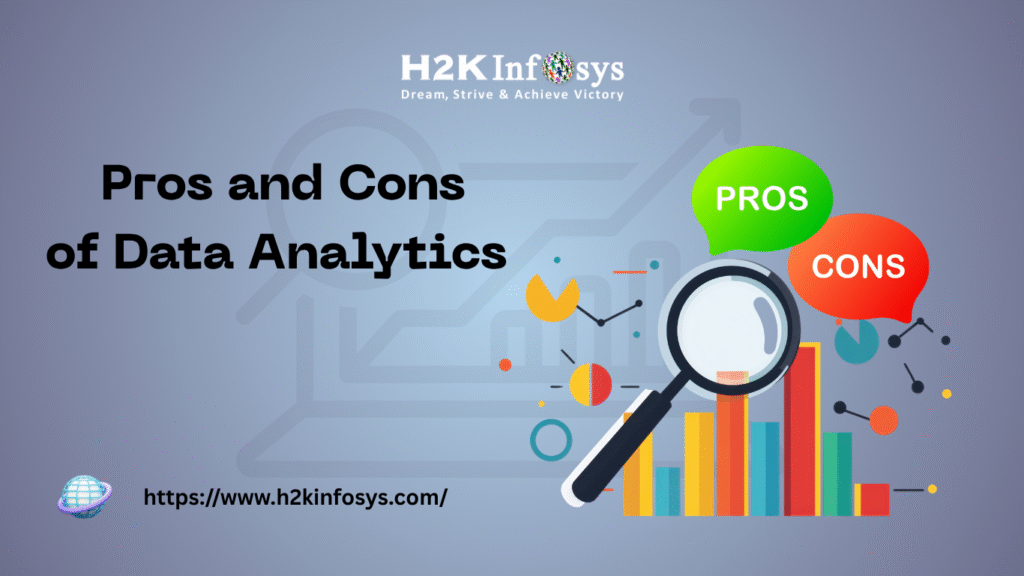Introduction
Tableau has become an essential tool for data analysts and business intelligence professionals. It allows users to visualize and analyze large data sets easily, offering comprehensive insights that can drive business decisions. One of the most important features in Tableau is its ability to perform various calculations, including conditional counting, similar to the COUNTIF function in Excel. In this blog, we’ll take a deep dive into how to implement COUNTIF in Tableau, walking you through a step by step tutorial. For those looking to enhance their Tableau skills, enrolling in Tableau Training Online With Certification can significantly boost your expertise and career prospects.
Whether you’re looking for Tableau certification online or seeking to explore the best Tableau training courses available, this tutorial will provide you with a solid foundation for performing conditional counts in Tableau. Understanding how to effectively use calculated fields to replicate the COUNTIF function is not just a technical skill; it’s an essential component of data analysis that can significantly enhance your reporting capabilities.
By mastering conditional counting, you’ll be equipped to tackle a variety of analytical tasks, from evaluating sales performance to analyzing customer behavior. This foundational knowledge will empower you to make data-driven decisions that can positively impact your organization.
What is COUNTIF?
Before diving into the technical details, let’s clarify what COUNTIF is and how it applies in different data analysis contexts. In tools like Excel, the COUNTIF function is a powerful feature that enables users to count the number of cells that meet a specific criterion. For instance, if you want to count the number of orders greater than $500, COUNTIF allows you to accomplish this task with remarkable ease, making it an invaluable tool for quick data insights.
However, when it comes to Tableau, things work a bit differently. While Tableau doesn’t have a direct COUNTIF function like Excel, it provides the flexibility to achieve the same functionality through calculated fields. These calculated fields allow you to create custom expressions that can count records based on specific conditions you define. This means you can still perform conditional counting in Tableau, just in a different manner.
Understanding how to replicate the COUNTIF functionality in Tableau is crucial for data analysts and business intelligence professionals, as it enables them to extract valuable insights from their data sets. By leveraging calculated fields, you can create dynamic and responsive dashboards that highlight critical metrics, ensuring that your data tells a compelling story. So, let’s explore how to implement this powerful feature in Tableau, enabling you to enhance your data analysis capabilities.
Why Use COUNTIF in Tableau?
Conditional counting in Tableau is crucial for many reasons:
Data Filtering: You can count how many records meet specific conditions, making it easier to focus on key data points.
Performance Tracking: Easily track the number of successful events, failures, or outliers based on criteria.
Sales and Marketing Insights: Gain insights into customer segments by counting the number of purchases, visits, or other metrics that meet certain conditions.
These capabilities make Tableau a powerful tool, especially when combined with the right training. If you’re looking to learn Tableau online, mastering these features can be incredibly useful in real-world applications.
Step-by-Step Tutorial for COUNTIF in Tableau
Step 1: Setting Up Your Tableau Workspace
To begin, make sure you have Tableau installed. If you don’t already, you can download a trial version from Tableau’s official site. Once installed, follow these steps:
Open Tableau and connect it to your data source (e.g., Excel, SQL Server, or any other database).
Load your data into Tableau by navigating to the Data Source tab and selecting the desired file.
This process is fundamental, and if you’re aiming for a Tableau certification online, these basic tasks will form part of the curriculum in most Best Tableau training courses.
Step 2: Creating a Calculated Field for COUNTIF
Once your data is loaded, we’ll create a calculated field to mimic the COUNTIF functionality:
Go to the Data Pane on the left.
Right-click anywhere and select Create Calculated Field.
In the dialog box, enter the name of your field (e.g., “Orders Greater than 500”).
Now, enter the following calculation:sql IF [Order Amount] > 500 THEN 1 ELSE 0 END This formula assigns a value of 1 for any order greater than $500 and 0 for orders less than $500.
Step 3: Summing Up the COUNTIF Results
Now that we’ve assigned conditional values (1 or 0), we need to sum them up to get the total count:
Drag your newly created calculated field (e.g., “Orders Greater than 500”) to the Rows shelf.
Set the field to SUM in the Measures panel.
You will now see the count of orders that exceed $500. This is essentially how COUNTIF works in Tableau, allowing you to count records based on specific conditions.
Step 4: Using COUNTIF for Different Scenarios
To demonstrate further, let’s create some other use cases where COUNTIF can be beneficial in Tableau.
Use Case 1: Counting Customers from Specific Regions
You can use the same logic to count customers from a specific region. For example:
Create a calculated field:sql IF [Region] = "East" THEN 1 ELSE 0 END
Drag this field into the Rows shelf and set it to SUM. Now, you’ll have a count of customers specifically from the “East” region.
Use Case 2: Counting Orders Within a Date Range
You might also need to count how many orders fall within a specific date range. Here’s how:
Create another calculated field:vbnetCopy codeIF [Order Date] >= #2023-01-01# AND [Order Date] <= #2023-12-31# THEN 1 ELSE 0 END
Sum the results as before to get the total count of orders within that date range.
These practical applications are commonly covered in Tableau certification online courses, ensuring you’re equipped to handle a wide variety of business scenarios.
Step 5: Visualizing the COUNTIF Results
A key part of using Tableau is the ability to visualize data effectively. Once you have your COUNTIF calculations in place, you can visualize the results with charts.
Drag the calculated field (e.g., “Orders Greater than 500”) to the Columns shelf.
Create a Bar Chart by clicking on the Show Me pane and selecting the appropriate chart type.
Customize your chart by adding filters or adjusting the color scheme.
Visualizing COUNTIF results in Tableau helps to make complex data more understandable, driving actionable insights. If you’re looking to learn Tableau online, mastering data visualization is a key skill you’ll develop.
Key Takeaways
- COUNTIF in Tableau can be achieved using calculated fields to count records based on conditions.
- This approach is similar to Excel’s
COUNTIFfunction but more powerful when paired with Tableau’s data visualization capabilities. - Whether you’re counting customers, orders, or sales based on conditions, Tableau provides a robust platform for data analysis.
If you’re aiming for a career in data analytics or business intelligence, enrolling in the best Tableau training courses will help you master these skills, along with getting certified through a Tableau certification online program.
Conclusion
The ability to implement a COUNTIF function in Tableau using calculated fields is an essential skill for anyone working with data. This functionality empowers data analysts and business intelligence professionals to conduct more nuanced analyses and derive meaningful insights from their datasets. By creating calculated fields that mimic the COUNTIF function, users can filter specific records and track key business metrics with ease.
For example, imagine you are tasked with monitoring sales performance across various regions. Using a calculated field to count the number of sales that exceed a certain threshold can help you quickly identify high-performing areas while also revealing regions that may need attention or improvement. This targeted approach to counting not only streamlines the analysis process but also allows for more focused strategic decision-making.
Moreover, the ability to visualize the results of your COUNTIF calculations further enhances your ability to communicate insights effectively. Tableau’s rich visualization capabilities enable you to present your findings in an intuitive and engaging manner. Whether you’re using bar charts, heat maps, or dashboards, visual representations of your conditional counts make it easier for stakeholders to grasp complex information quickly and make informed decisions based on your analyses.
In a world where data-driven decision-making is paramount, mastering the use of calculated fields for conditional counting in Tableau equips you with the tools necessary to turn raw data into actionable insights, ultimately driving better business outcomes. So, let’s delve deeper into how to harness this powerful feature to elevate your data analysis skills and enhance your reporting capabilities in Tableau.
If you’re looking to learn Tableau online and want to master these techniques, H2K offers Tableau Training Online With Certification that covers all the fundamental and advanced concepts needed for real-world application. By enrolling in one of the best Tableau training courses, you’ll gain hands-on experience and become a Tableau expert in no time.
Call to Action
Ready to take your Tableau skills to the next level? Enroll in our Tableau Training Online With Certification at H2K and gain the industry-relevant skills you need to succeed. Our courses are designed to help you learn Tableau online, with practical applications that will set you apart in the job market. Sign up today and start your journey towards becoming a certified Tableau professional!

























